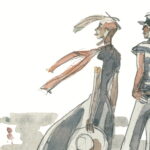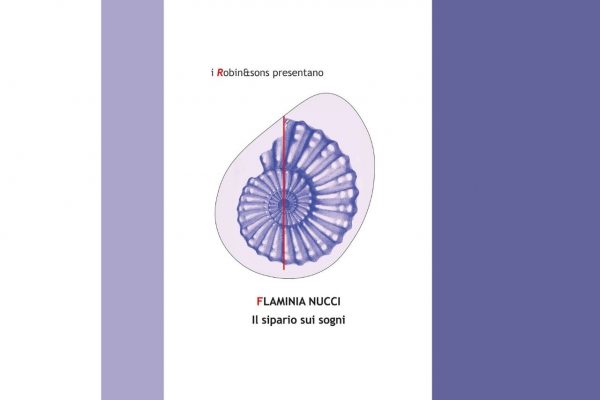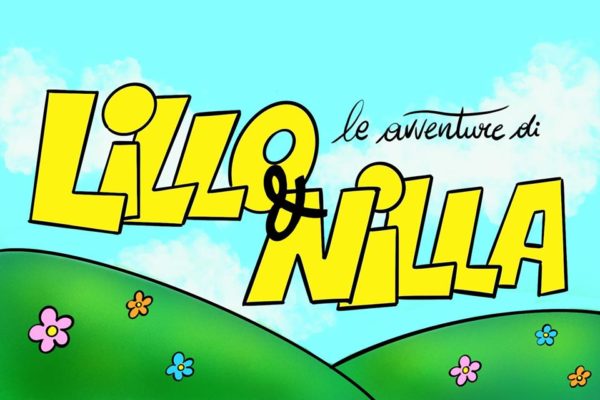The meaning of solstice
It’s getting cold outside, winter is not only coming but swallowing our once warm and long evenings. The days are getting shorter, the nights longer, light is fading. On the 21stof December a day is to come in this process, the original meaning of which many have forgotten: The winter solstice. Astronomically described this is the shortest day of the year for the northern hemisphere. And with shortest day of the year you shouldn’t underestimate how short it can get. In Sweden for example some towns only get about 3 hours of daylight or experience “polar nights” which means that the sun doesn’t rise for days. This is however a very modern grasp on the concept. To people hundreds and hundreds of years ago it meant much more.
Follow me back to a time where radiators weren’t invented, food was not available in your local supermarket and gods were believed to be much more than some myth wandering around in a deeper corner of your mind.
Once upon a time
Somewhat in the 6thcentury in Scandinavia: It’s freezing outside and inside. The land has become a hostile, dying snow desert and dependent as you are on it, you know that months full of deprivation are just about to start. As you barely have enough food and means to care for yourself you know soon as well the kettle will die (in fact, the months from January to April were known as “starving months”). But before it does so, you will kill it yourself. One last feast before you enter the cold months.
Back in those days nature decided if you would live or die and for that, the lowest stand of the sun, the winter solstice, marked an important turning point. No wonder that mythology, especially in northern cultures, found plenty of magic and mystery in those rough days. An old northern legend tells that at the day of the winter solstice the sun was swallowed by the wolf of darkness. He symbolizes the lower instincts as well as death which was seen as a transition phase. It was not the end, but the starting point of something new.
In a more specific heathen myth about death and rebirth of the sun, the Norse goddess Frigga gives birth to her “young sun” Baldur. Being believed to control sun, rain and the fertility of the land, he lit new hope in the people begging for him to carry on the light his mother gave to him. And with this so called “mother’s night” we stand at the starting point of “Yule”.
Various legends have built around Yule which refers to the period from the winter solstice to the middle of January the following year. In pagan belief, out of the dark emerge the “Yule Riders” for example, raising from the underworld, bringing the deceased back over ground and riding through the fields of men.

Death and rebirth as opposites merging
Although we can’t pin down exactly nowadays why Yule was celebrated, the common agreement is that it was out of fright. Often sacrifices and feasts were not held to worship a god but in hope to soothe it and somehow control life-endangering superior powers. In this case mother nature. Yule was celebrated as early as in the 4thcentury and very likely even before that.
Connecting death and rebirth in time, the winter solstice symbolized a point of opposites merging. As grim as the real threat was to some cultures, the people of ancient Rome knew a more uplifting manner to celebrate it.
Transferring the concept of conversion of everything to social reality: That was the heart of „Saturnalia“. The festivity was established to celebrate the god of seed-time, Saturn. Not only being celebrated for a day but for a whole week, it started the 17thDecember and ended at the day of the winter solstice.
Overthrow of the world
It was the one and only time of the year when hierarchies of the social system suddenly became invalid and even reversed themselves. Slaves were masters, masters where servants and children ruled the family. Although roles were only switched jokingly, the whole festivity basically shut down society as known for a week and created an alternative world. Public businesses were closed as well as schools and a leader of Saturnalia (Saturnalicius princeps) was elected in several households. Usually of a lower social status the leader of Saturnalia or “king of misrule” was responsible for a rule of chaos. Merrymaking, mischief and pulling pranks on guests were the main duties. It was a time for people to let lose and let go of grudges. Even the statue of the god Saturn was released from it’s traditional woolen bonds to join the fun and wars were simply postponed. Everything suddenly stood still for one week of warmly welcomed shenanigans and disarray.
What an impact such a seemingly ordinary event as the winter solstice has had. The sun rises and sets and because we loose a few hours of daylight in between, the world looses it too. Nowadays Christmas is our association with the end of December although it was inserted later. Santa, reindeer, and Jesus take hold of your local neighborhood even way before the 24thwhile there is no birth date given in the Bible. In fact Christmas was placed intentionally in the pagan festivity period to join the two belief systems and promote the christianisation of Scandinavia. Also the tradition of giving presents to each other was originally derived from Saturnalia.
Christmas time is a time of legends, beliefs and events merging and to some people therefore still implies a different reason to celebrate the upcoming days. Due to technical innovations we no longer have to fear the sun drawing back for a while but at least I am still very much looking forward to slowly welcoming it back, starting at 21stDecember.
Written by
Alexandra Tönies









